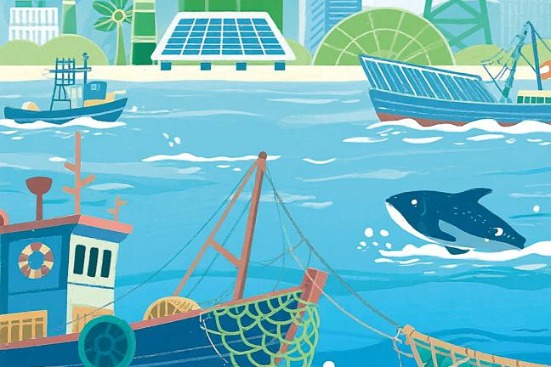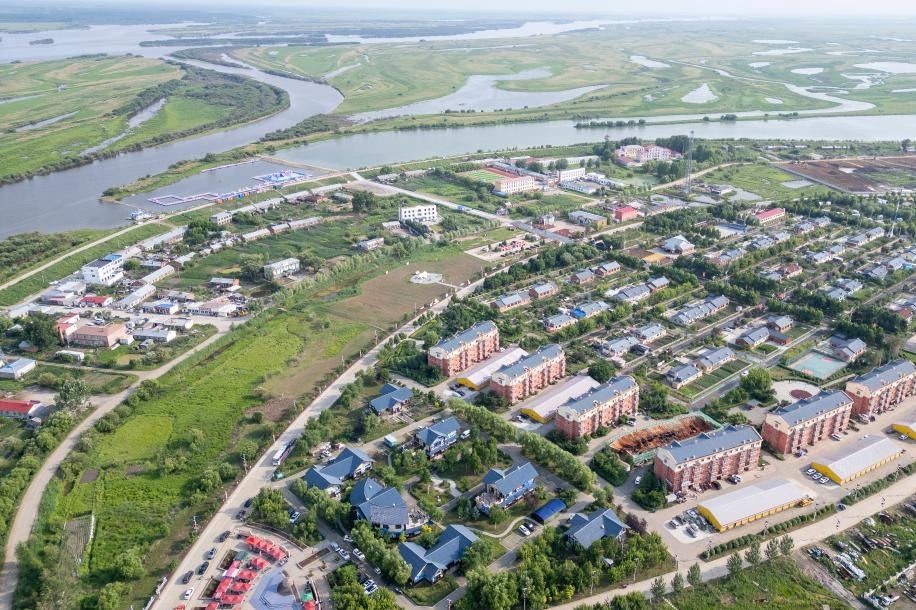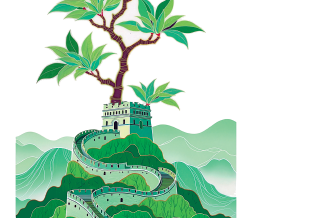The Growing Division Between the Rich and the Poor Leading to Increasingly Severe Human Rights Issues in the United States

Part 2 The Division Between the Rich and the Poor Bringing Severe Adverse Effects on the Enjoyment and Realization of Human Rights
Nearly half of US households are unable to maintain an adequate standard of living. As reported by the website of USA Today on November 19, 2018, more than 5 million US citizens who worked full-time throughout the year earned an annual income below the US$15,000 poverty line, and many of them still had to support their families and children. According to a report released by the Federal Reserve in 2018, 43 percent of US households were unable to make ends meet and could only rely on loans to pay for housing, food, child care, medical care, transportation, and communication; 40 percent of US citizens did not have US$400 disposable income to cover accidental expenses such as medical emergencies or car repairs; hundreds of thousands of young people could not afford to go to college or university, and millions of people had to take on the heavy student debts. Given the long-existing structural discrimination and polarization between the rich and the poor, the US working class's ability to resist risks has been greatly diminished. According to the U.S. Department of Labor statistics, which were released on May 28, 2020, the total number of US people who filed their initial claim for unemployment benefits between March 15 and May 23 reached 40.8 million. Vox News pointed out on April 10 that it was the most vulnerable groups that bore the brunt of the economic impact brought by the recent pandemic. According to the report, during the pandemic, the people who are most vulnerable amid layoffs are those who earn the lowest salaries, such as low-wage workers in the catering and retail industries. When the US government launched the Paycheck Protection Program ("PPP"), which was intended to help small-and medium-sized enterprises, some large companies with sufficient funds took advantage of the rule loopholes to acquire huge loans, but small businesses and small shops that urgently needed loans to sustain themselves could only announce closures or layoffs, since they could not get the help.
Low-income groups are faced with the threat of hunger in the United States, even when this country's economy is already highly developed. According to data released by the U.S. Department of Agriculture (USDA) in 2015, about 20 percent of children live in food-insufficient households in the United States. As reported by the website of the British newspaper The Guardian on November 26, 2015, between 2008 and 2014, at least 48.1 million US households were classified as "food-insecure" each year, and 19.2 percent of these "food-insecure" households had children who could hardly have healthy balanced diets. On August 17, 2014, the website of USA Today reported that excessively high poverty rates have led to about 14 percent of US citizens relying on food aid. Among the households that rely on food aid, 65 percent of them have at least one child under the age of 18 or an elderly person over the age of 60, and 79 percent of them buy cheap and unhygienic food to support their families. Hunger and malnutrition cost the United States more than US$160 billion a year to treat chronic diseases. According to estimates made by the Centers for Disease Control and Prevention (CDC) in 2015, 48 million US citizens would develop food-borne illnesses each year, of which 128,000 would need hospitalization and 3,000 would die as a result of such diseases. Forbes News reported on May 7, 2020, that a survey showed that a large number of American children were facing hunger during the pandemic. According to the survey, as of the end of this April, more than one-fifth of American households had been facing food crises, and as many as two-fifths of American households with children under 12 years of age had been facing such crises.


































